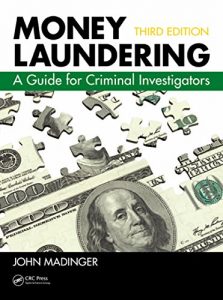Many changes have occurred in the twenty-five years that have passed since the enactment of the Money Laundering Control Act of 1986. The law has been amended, new underlying crimes have been added, and court decisions have modified its scope. The Act remains an important tool in combating criminal activity. Now in its third edition, Money Laundering: A Guide for Criminal Investigators covers the basics of finding ill-gotten gains, linking them to the criminal, and seizing them. Providing a clear understanding of money laundering practices, it explains the investigative and legislative processes that are essential in detecting and circumventing this illegal and dangerous activity.
Highlights of the Third Edition include
- Important court decisions and changes in federal law since the Second Edition
- New trends in crime and terrorism financing
- The rise of money laundering in connecting with major frauds, including the Bernie Madoff case
- Law and policy shifts related to terrorism and financing since the Obama administration
- New methods for financial intelligence and the filing of Suspicious Activity Reports
- How changes in technology have enabled launderers to move funds more easily and anonymously
Knowledge of the techniques used to investigate these cases and a full understanding of the laws and regulations that serve as the government’s weapons in this fight are essential for the criminal investigator. This volume arms those tasked with finding and tracing illegal proceeds with this critical knowledge, enabling them to thwart illegal profiteering by finding the paper trail.



